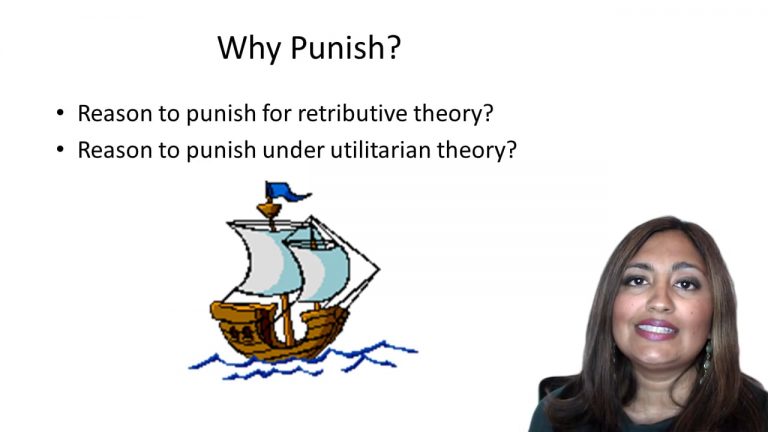SmartBrief
Confirm favorite deletion?
Criminal Law Keyed to Lee
Regina v. Dudley and Stephens
Citation:
14 Q.B.D. 273 (1884)
ProfessorScott Caron
CaseCast™ – "What you need to know"
Facts
Dudley and Stephens had a trial in which the jury laid out the following facts: Dudley and Stephens, along with Brooks and Parker, were stuck on a boat during a storm. They had no supply of water and quickly ran out of their small supply of food. On the fourth day of being stuck, they caught a small turtle to eat. They had no other food until the twentieth day of being trapped, in which the murder occurred.
Dudley proposed to Stephens and Brooks that they kill Parker to save their lives. Parker was the youngest and weakest among the men. Brooks refused, and no one asked for Parker’s opinion. Dudley proposed that if they did not see a vessel in sight by the morning, they will kill him. The next day, with no vessel in sight, Dudley and Stephens put a knife to his throat and killed him. All men fed upon his body and were rescued four days later.
The jury concluded that it was likely that all of the seamen would have died due to starvation before they were rescued, and that Parker would likely have died before the other three men. However, the jury was unable to reach a decision regarding their culpability and instead returned a special verdict for the Queen’s Bench Division to rule based on their findings of fact.
Only StudyBuddy Pro offers the complete Case Brief Anatomy*
Access the most important case brief elements for optimal case understanding.
*Case Brief Anatomy includes: Brief Prologue, Complete Case Brief, Brief Epilogue
- The Brief Prologue provides necessary case brief introductory information and includes:
Topic:
Identifies the topic of law and where this case fits within your course outline.Parties:
Identifies the cast of characters involved in the case.Procedural Posture & History:
Shares the case history with how lower courts have ruled on the matter.Case Key Terms, Acts, Doctrines, etc.:
A case specific Legal Term Dictionary.Case Doctrines, Acts, Statutes, Amendments and Treatises:
Identifies and Defines Legal Authority used in this case.
- The Case Brief is the complete case summarized and authored in the traditional Law School I.R.A.C. format. The Pro case brief includes:
Brief Facts:
A Synopsis of the Facts of the case.Rule of Law:
Identifies the Legal Principle the Court used in deciding the case.Facts:
What are the factual circumstances that gave rise to the civil or criminal case? What is the relationship of the Parties that are involved in the case.Issue(s):
Lists the Questions of Law that are raised by the Facts of the case.Holding:
Shares the Court's answer to the legal questions raised in the issue.Concurring / Dissenting Opinions:
Includes valuable concurring or dissenting opinions and their key points.Reasoning and Analysis:
Identifies the chain of argument(s) which led the judges to rule as they did.
- The Brief Prologue closes the case brief with important forward-looking discussion and includes:
Policy:
Identifies the Policy if any that has been established by the case.Court Direction:
Shares where the Court went from here for this case.
Topic Resources
Topic Outline
Topic Refresher Course

 9m 29s
9m 29s